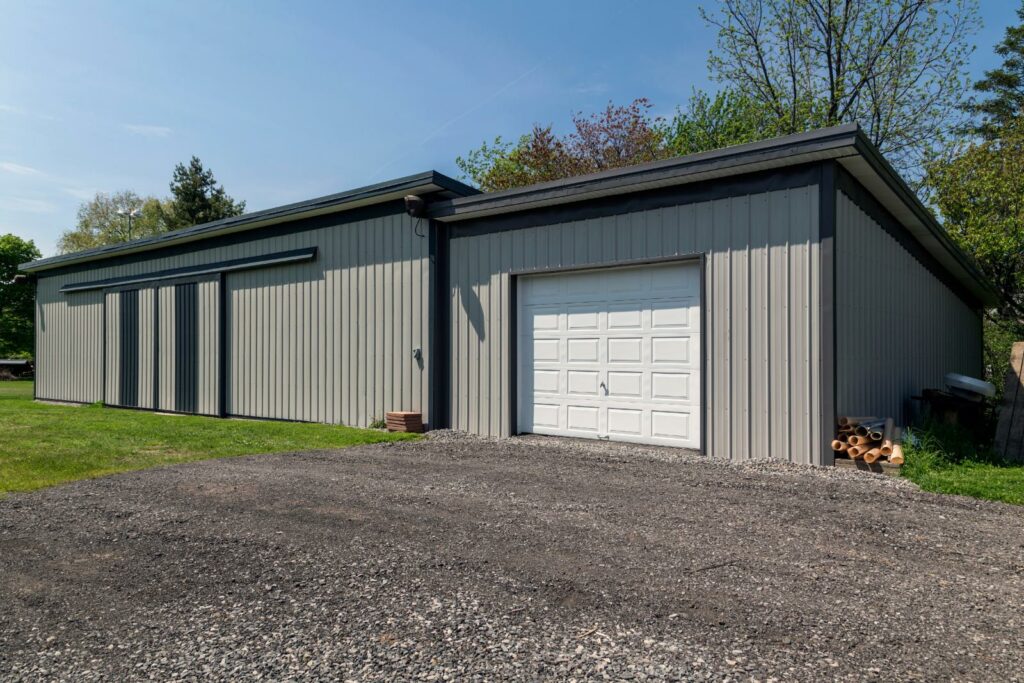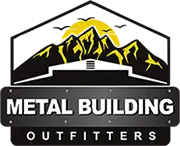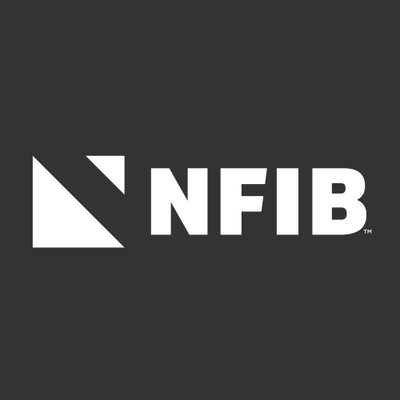
Contents
When looking to build cost-effective metal barns for agriculture, you’ll be intrigued by the key strategies that could greatly impact your farm’s efficiency and bottom line. From selecting the ideal site to incorporating sustainable energy solutions, these tips are essential for maximizing your barn’s functionality and savings. Following these insightful recommendations can revolutionize how you approach barn construction and management, leading to a more sustainable and economically viable agricultural operation.
Key Takeaways
- Opt for galvanized steel for durability and cost-effectiveness.
- Design efficient ventilation systems for a healthy environment.
- Utilize LED lighting and solar panels for energy savings.
- Implement drip irrigation for water efficiency.
- Regularly maintain the barn to prevent corrosion and damage.
Proper Site Selection
When selecting a site for your metal barn, consider the land’s topography and drainage capabilities to ensure peak functionality and longevity of the structure. Proper site preparation is vital for ensuring the stability and durability of your metal barn. Before starting any construction, evaluate the land to determine the best location for adequate drainage. Poor drainage can lead to water accumulation around the barn, causing damage to the foundation and compromising the overall structure’s integrity.
Start by examining the natural slope of the land to identify potential areas where water might collect. It’s essential to choose a site that allows water to flow away from the barn efficiently. Implementing proper grading techniques during site preparation can help prevent water pooling around the structure. Additionally, consider installing drainage systems such as French drains or swales to redirect excess water away from the barn.
Incorporating proper drainage considerations into your site selection process won’t only enhance the functionality of your metal barn but also contribute to its long-term sustainability. By addressing potential drainage issues at the outset, you can avoid costly repairs and maintenance down the road. Remember, a well-prepared site sets the foundation for a successful metal barn that will serve your agricultural needs effectively for years to come.
Optimal Barn Size
To optimize the functionality of your metal barn, determining the ideal size based on your agricultural requirements and available space is essential. Maximizing space within your metal barn is vital for cost-effectiveness. When considering the best barn size, think about your current livestock or storage needs and potential future expansions. It’s important to strike a balance between having enough space to accommodate your activities comfortably and avoiding unnecessary expenses that can drive up costs.
Cost considerations play a significant role in determining the best barn size. Building a more extensive barn than you need can lead to wasted resources, both in construction and ongoing maintenance. Conversely, constructing a barn that’s too small may result in the need for costly expansions or additional structures in the future. By carefully evaluating your agricultural requirements and planning for potential growth, you can find the sweet spot that maximizes space utilization while keeping costs in check.
When calculating the ideal barn size, factor in the types of equipment you need to store, the number of livestock you plan to house, and any additional space required for tasks like milking stations or feed storage. By being mindful of these considerations and planning thoughtfully, you can make sure that your metal barn meets your needs efficiently and cost-effectively.
Efficient Ventilation Design
Consider incorporating strategically placed vents and fans in your metal barn to create an efficient ventilation design that promotes air circulation to maintain a healthy environment for your livestock or stored agricultural products. Ventilation optimization is vital for maintaining a healthy environment for your livestock or stored agricultural products. By strategically placing vents near the roof and installing fans to control airflow, you can guarantee proper ventilation throughout the barn.
Proper airflow control is essential for regulating temperature and humidity levels inside the metal barn. In hot and humid conditions, ventilation helps reduce heat stress in animals and prevent mold growth on crops or stored hay. By allowing fresh air to enter and stale air to exit the barn, you can create a comfortable and safe environment for your agricultural activities.
When designing the ventilation system for your metal barn, consider the prevailing wind direction and the orientation of the barn to maximize natural airflow. Additionally, installing adjustable vents and fans allows you to fine-tune the ventilation system based on seasonal changes in temperature and humidity. Regular maintenance of vents and fans is also important to ensure optimal performance and longevity of the ventilation system.
Strategic Material Selection
Strategically selecting the right materials for your metal barn construction can greatly impact its durability and functionality in agricultural operations. When aiming for cost-efficient construction without compromising on quality, opting for sustainable materials is key. Here are three important considerations for strategic material selection:
Galvanized Steel: Choosing galvanized steel for your metal barn provides excellent durability and corrosion resistance, ensuring longevity even in harsh weather conditions. This material is cost-effective in the long run due to its low maintenance requirements and ability to withstand the test of time.
Recycled Metal: Opting for recycled metal materials not only contributes to environmental sustainability but can also lower construction costs. Recycled metal is often more affordable than newly produced materials and offers comparable strength and durability, making it a smart choice for cost-effective construction projects.
Engineered Wood: Incorporating engineered wood products, such as laminated veneer lumber (LVL) or oriented strand board (OSB), into your metal barn design can provide a balance of strength, cost efficiency, and sustainability. Engineered wood is a versatile material that can be used for structural components, offering a cost-effective alternative to traditional lumber without compromising on quality.
Energy-Efficient Lighting Solutions
When enhancing the efficiency of your metal barn, implementing energy-efficient lighting solutions is essential for optimizing productivity and reducing operational costs. LED fixtures are a cost-effective option that provides bright illumination while consuming less energy compared to traditional lighting. By installing LED fixtures in your metal barn, you can notably decrease your electricity expenses over time.
Consider integrating solar panels to power the LED fixtures in your barn. Solar panels harness energy from the sun, converting it into electricity that can be used to illuminate your barn during the day and night. This sustainable lighting solution not only reduces your reliance on the grid but also helps lower your overall energy costs.
LED fixtures paired with solar panels create a powerful combination of energy-efficient lighting in your metal barn. These solutions save you money in the long run and contribute to a more environmentally friendly operation. By investing in these technologies, you aren’t only improving the functionality of your barn but also aligning with sustainable practices that benefit both your business and the environment.
Smart Water Management Systems
When designing your metal barn for maximum agricultural efficiency, consider incorporating smart water management systems.
Efficient irrigation techniques, automated watering schedules, and rainwater harvesting systems can help you conserve water, reduce costs, and improve crop yields.
Implementing these strategies can make a significant impact on your farming operation’s sustainability and productivity.
Efficient Irrigation Techniques
Implementing modern smart water management systems in metal barn agriculture ensures efficient irrigation techniques, optimizing resource utilization and crop growth.
Here are three key practices for efficient irrigation techniques in metal barn agriculture:
Drip Irrigation: Utilize drip irrigation systems to deliver water directly to the base of plants, reducing water waste and ensuring targeted hydration.
Precision Farming: Employ precision farming techniques to analyze soil moisture levels and crop water requirements, allowing for precise irrigation scheduling tailored to specific crop needs.
Weather Monitoring: Integrate weather monitoring technology to adjust irrigation schedules based on real-time weather data, preventing overwatering during rainy periods and ensuring adequate hydration during dry spells.
Automated Watering Schedules
To optimize water usage in metal barn agriculture, consider incorporating automated watering schedules through smart water management systems. These systems utilize data on soil moisture levels and crop irrigation requirements to deliver the right amount of water at the right time.
By automating watering schedules, you can ensure that your crops receive adequate hydration without wastage. Smart water management systems help in preventing overwatering or underwatering, which can be detrimental to crop health and yield.
Rainwater Harvesting Systems
Consider installing a rainwater harvesting system to effectively manage water resources in your metal barn agriculture operation. Rainwater collection can provide a sustainable water source for various farm activities.
To optimize irrigation, follow these tips:
Install Gutters and Downspouts: Direct rainwater from the roof into storage tanks for later use.
Implement a Filtration System: Make sure the collected rainwater is clean and free of debris before using it for irrigation.
Utilize Drip Irrigation: Connect the rainwater harvesting system to a drip irrigation system to deliver water directly to plant roots, minimizing waste.
Regular Maintenance Practices
Regular maintenance practices play an important role in ensuring the longevity and functionality of metal barns used in agriculture. Rust prevention is key to maintaining the structural integrity of your metal barn. Regularly inspect the barn for any signs of rust or corrosion, especially in areas prone to moisture buildup. Remove any rust spots promptly by sanding them down to bare metal and applying a rust-resistant primer and paint to prevent further deterioration. This simple practice can greatly extend the lifespan of your metal barn.
Weatherproofing is another essential aspect of maintenance to take into account. Inspect the roof regularly for any loose or damaged panels that could compromise the barn’s insulation and protection from the elements. Replace or repair these panels promptly to maintain proper insulation and prevent leaks. Additionally, ensure that the seals around doors and windows are in good condition to prevent water infiltration and heat loss.
Regularly cleaning the exterior of the metal barn can also help maintain its appearance and structural integrity. Remove dirt, debris, and bird droppings, as these can contribute to corrosion over time. By incorporating these maintenance practices into your routine, you can make sure that your metal barn remains in excellent condition for years to come.
Wrap-Up
By carefully selecting the site, determining the right size, implementing efficient ventilation and climate control systems, choosing the best materials, utilizing energy-saving lighting solutions, implementing smart water management systems, and conducting regular maintenance, you can ensure your metal barn for agriculture is cost-effective and sustainable.
These practices save you money and contribute to the success and longevity of your agricultural operation. Stay proactive, stay efficient, and watch your farm thrive.
Recent Posts
Top Eco-Friendly Tips for Metal Building Construction
Have you ever wondered how metal building construction can align with eco-friendly practices? By exploring
What Techniques Enhance Energy Efficiency in Metal Buildings?
To improve energy efficiency in metal buildings, you need to encompass a variety of methods.
Top Tips for Energy Efficient Custom Metal Structures
When aiming to maximize the energy efficiency of your custom metal structures, it’s crucial to


